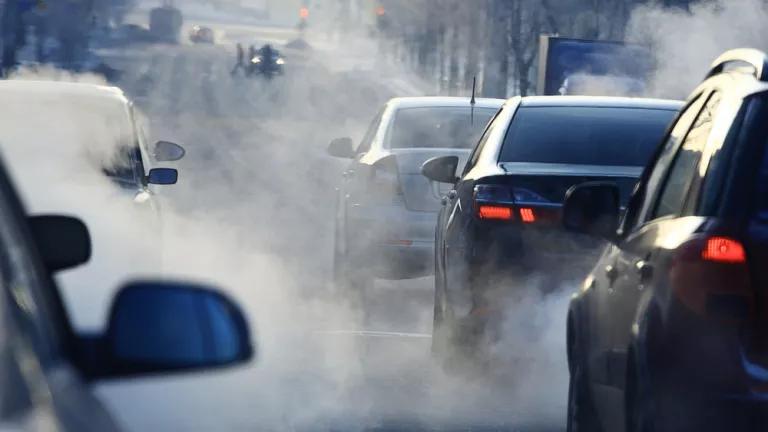Marine ports in the United States are major hubs of economic activity and major sources of pollution. Enormous ships with engines running on the dirtiest fuel available, thousands of diesel truck visits per day, mile-long trains with diesel locomotives hauling cargo, and other polluting equipment and activities at marine ports cause an array of environmental impacts that can seriously affect local communities and the environment.
Despite the enormous growth within the marine shipping sector, most pollution prevention efforts at the local, state, and federal levels have focused on other pollution sources, while the environmental impacts of ports have grown. This March 2004 report by NRDC and the Coalition for Clean Air assesses efforts at the 10 largest U.S. ports to control pollution, and provides an overview of policy and practical pollution mitigation recommendations.
In addition to this report—which grades the activities of the 10 largest U.S. ports in the areas of air and water quality, land use, and community relations—the August 2004 report Harboring Pollution: Strategies to Clean Up U.S. Ports contains practical strategies and policies for port operators, regulatory agencies and community-based organizations to reduce harmful pollution.


